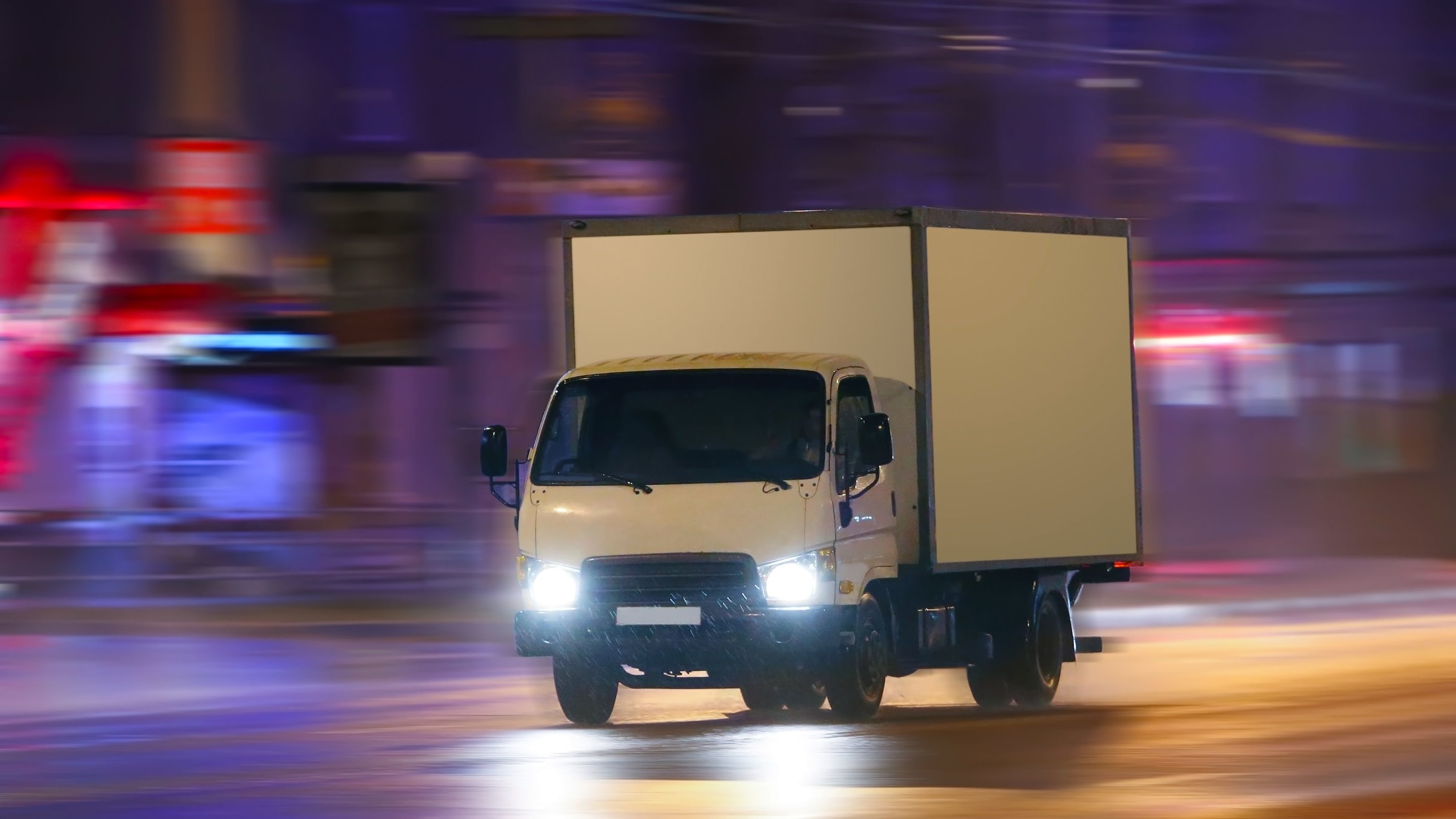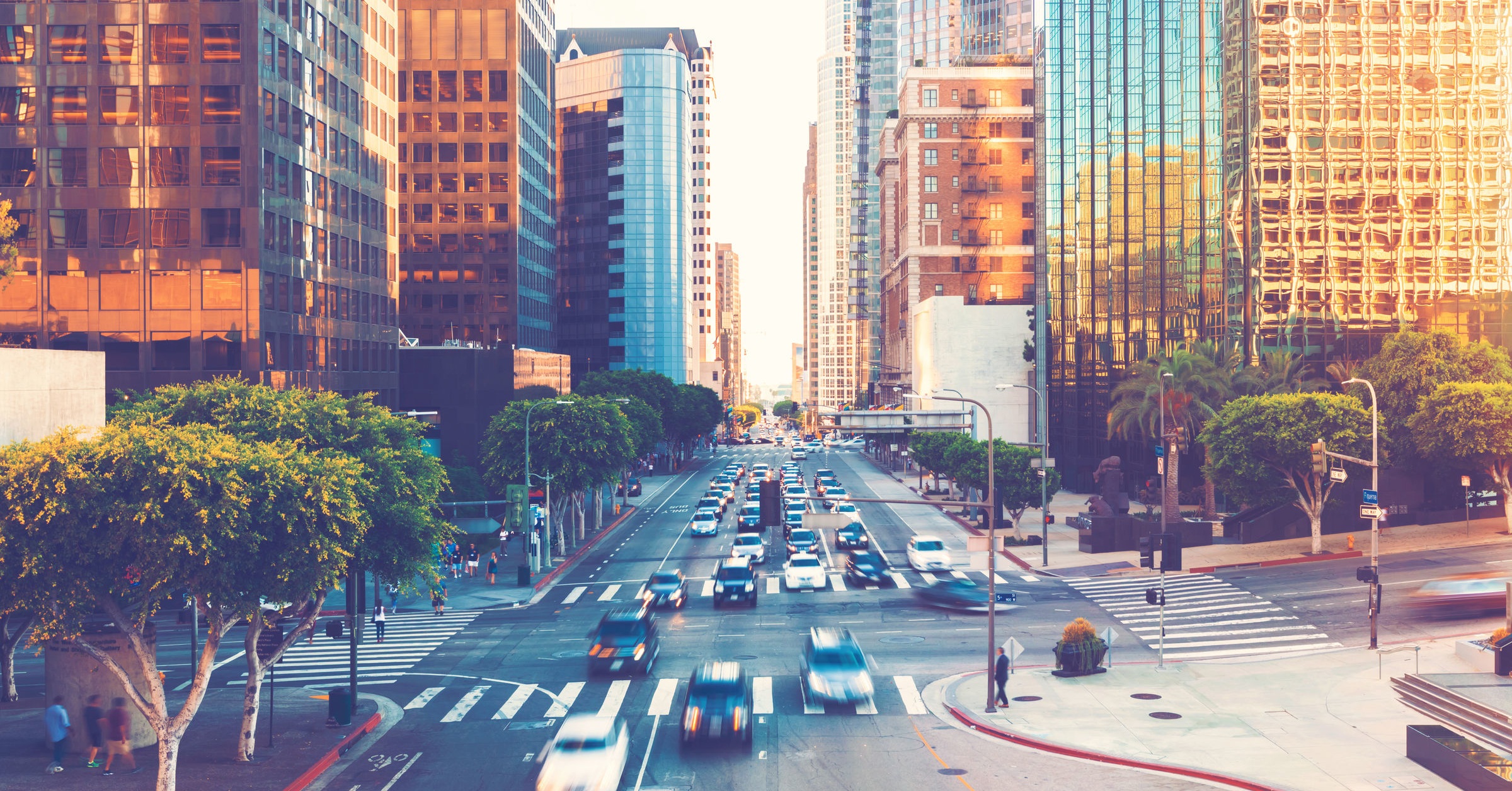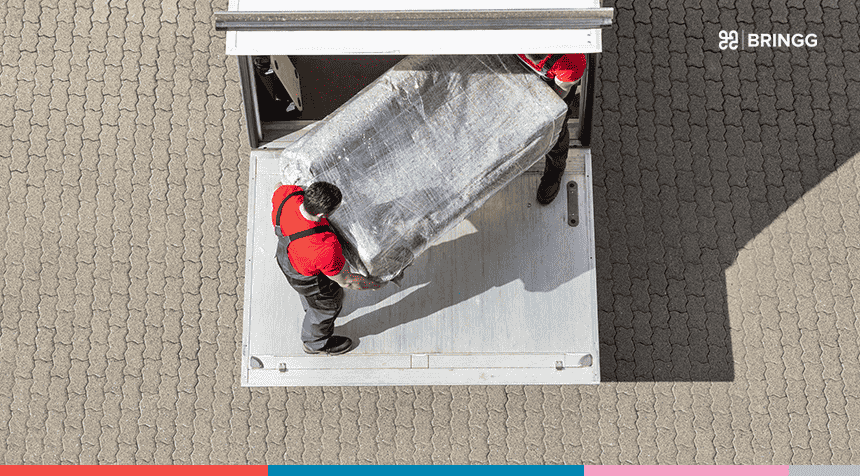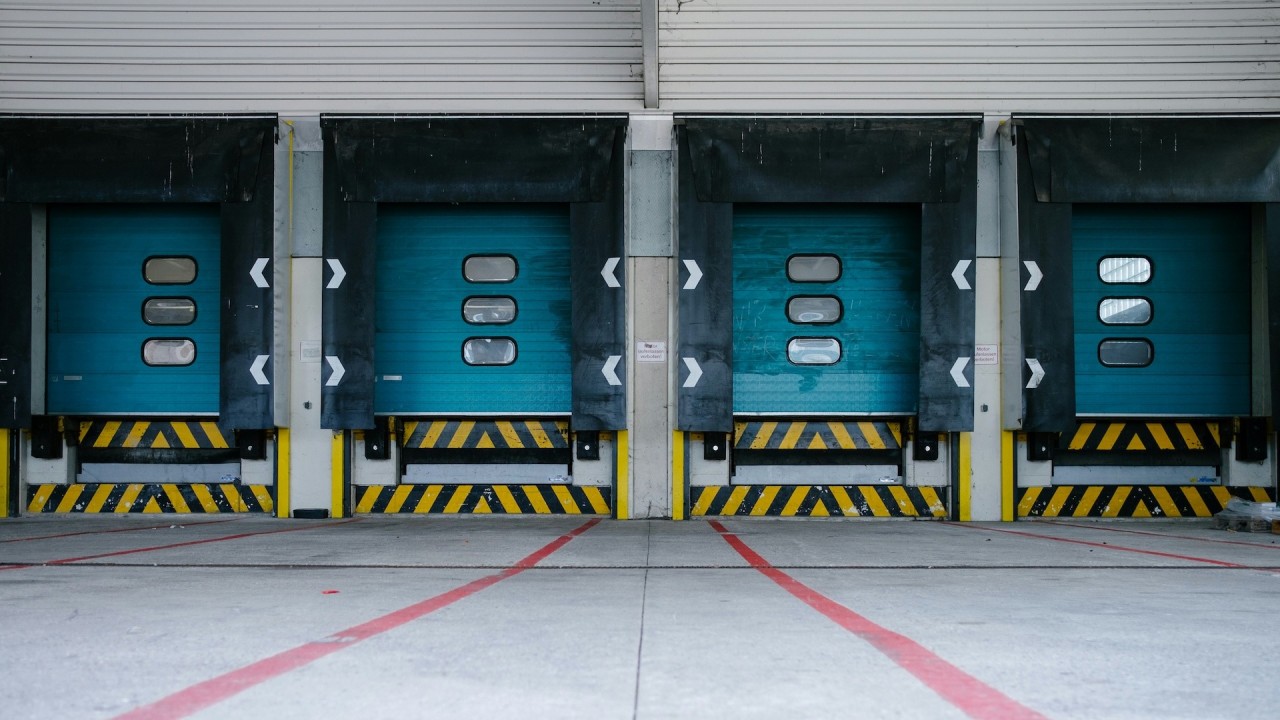Today’s global population landscape is changing and urbanization is on the rise. Since 2010, there has been a 20-35% increase in urban congestion and it is expected that by 2030, 60% of the global population will be living in cities.
The combined impact of urbanization and an economy that is growing more reliant on eCommerce and home deliveries is causing havoc across major cities around the world. A recent New York Times article states that the average number of daily deliveries to households in New York City has tripled to over 1.1 million shipments from 2009 to 2017. The main entryway for packages into New York City is also the main artery into the city as such it is no surprise that it has become the most congested interchange in the US.
The outcome: cities are racing to come up with solutions to manage the delivery influx. Many cities are now placing environmental regulations, taxes and fines for delivery. Carbon footprints, traffic, vehicle types, parking and even noise are now being monitored to better control the impact from both an environmental and social living perspective, challenging logistics and delivery providers.
The urban delivery dilemma becomes most prominent in the last mile. Companies involved in last-mile logistics need to define new ways of working in these regulated areas that have such high delivery volumes.
The good news is that successful green logistics initiatives have been growing, helping retailers and delivery providers meet both growing demand and the subsequent regulations.
Here are 3 operational tips to meet growing deliveries in regulated cities:
3 Tips to Overcome Environmental Regulations Impacting Urban Delivery:
1. Utilize stores as MFCs (Micro Fulfillment Centers)
2. Delivering goods at non-congested hours of day and night
3. Diversify fleet and vehicle type
Micro fulfillment centers
Many retailers and grocers have the real estate. They are currently using their stores to meet the neighborhood traffic of consumers. But why not utilize these stores for online order fulfillment? The inventory and resources already exist within the store operations so it is a matter of expanding the operations to include fulfilling online retail orders via delivery, BOPIS (by online pickup in-store) and even curbside pickup (a fast-growing efficient model for getting goods to customers).
By turning stores into city hubs, businesses gain a closer footprint to the last mile. And with eCommerce returns at an all-time high, stores can be a point of return, increasing store foot traffic and reducing their carbon footprint.
Dawn Delivery Market

Dawn Deliveries are another way to reduce vehicle congestion. By delivering goods at night, when city streets are less populated, shippers and 3PLs (third party logistics providers) are cutting down delivery times, while reducing the amount of vehicles on the streets in peak traffic. Beyond just delivering goods to consumers, businesses are also using Dawn Delivery to replenish inventories and move goods between stores, micro fulfillment centers, and warehouses.
Diversify the fleets
With the rise of ride-hailing services like Lyft and the proliferation of trucks, inner-city traffic has become unbearable. The NY Times reported that cars in the busiest parts of Manhattan now move just above a jogger’s pace, about 7 m.p.h., roughly 23 percent slower than at the beginning of the decade.
Today’s delivery operational models utilizing micro fulfillment centers, warehouses on the city skirts and storefronts bring inventory closer to the Last Mile. Now, businesses can extend their vehicle types to include bikes, scooters, e-bikes and motorcycles. These vehicles can better maneuver in traffic and reduce carbon emissions while enabling faster urban delivery. Leveraging public transportation is also a very valid option in congested cities.
With regulations changing urban deliveries, it is important to understand how to best utilize the delivery operational models described above. Efficiency will only be achieved with the right combination of people, processes and technology. And underlying that is their data.
Data from diverse teams and back and front office systems needs to be extracted, understood and utilized with the goal of building diverse, automated, optimized delivery operations.
See: Bringg’s Delivery Hub
Data-Intelligence Technology
Businesses should invest in data-intelligence technology to better understand their complex landscapes and then to automate and optimize the operational models they will build. For example, by data mining businesses can better anticipate demand and have smart inventory management. This is then translated to understand what inventory needs to be restocked overnight, replenishing the stores to meet the next-day demand. But, beyond data mining, is the idea to use the data for actionable, automated insights; choosing which vehicles are most efficient for which deliveries or what stores to leverage to shorten the last mile. This ensures that the customer experience stays consistent and delightful.
These new models and the abundance of data make delivery even more complex. Without the right delivery orchestration, businesses will be faced with manual decision making and operational inefficiency. A delivery orchestration solution will digitize and connect your supply chain and leverage its data to automate delivery and fulfillment for maximum operational efficiency.
By drawing data from the many technologies, processes, and people connected to your supply chain, delivery orchestration takes you beyond visibility to automated and actionable insights for informed decision making, leaner operations, and improved customer experience. Learn more about delivery orchestration, here.



